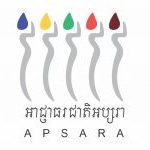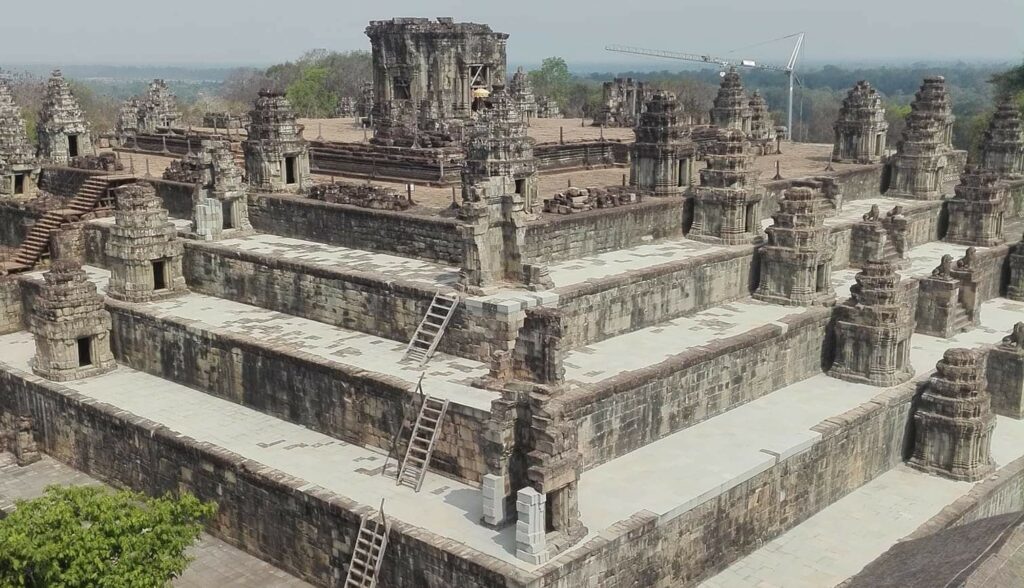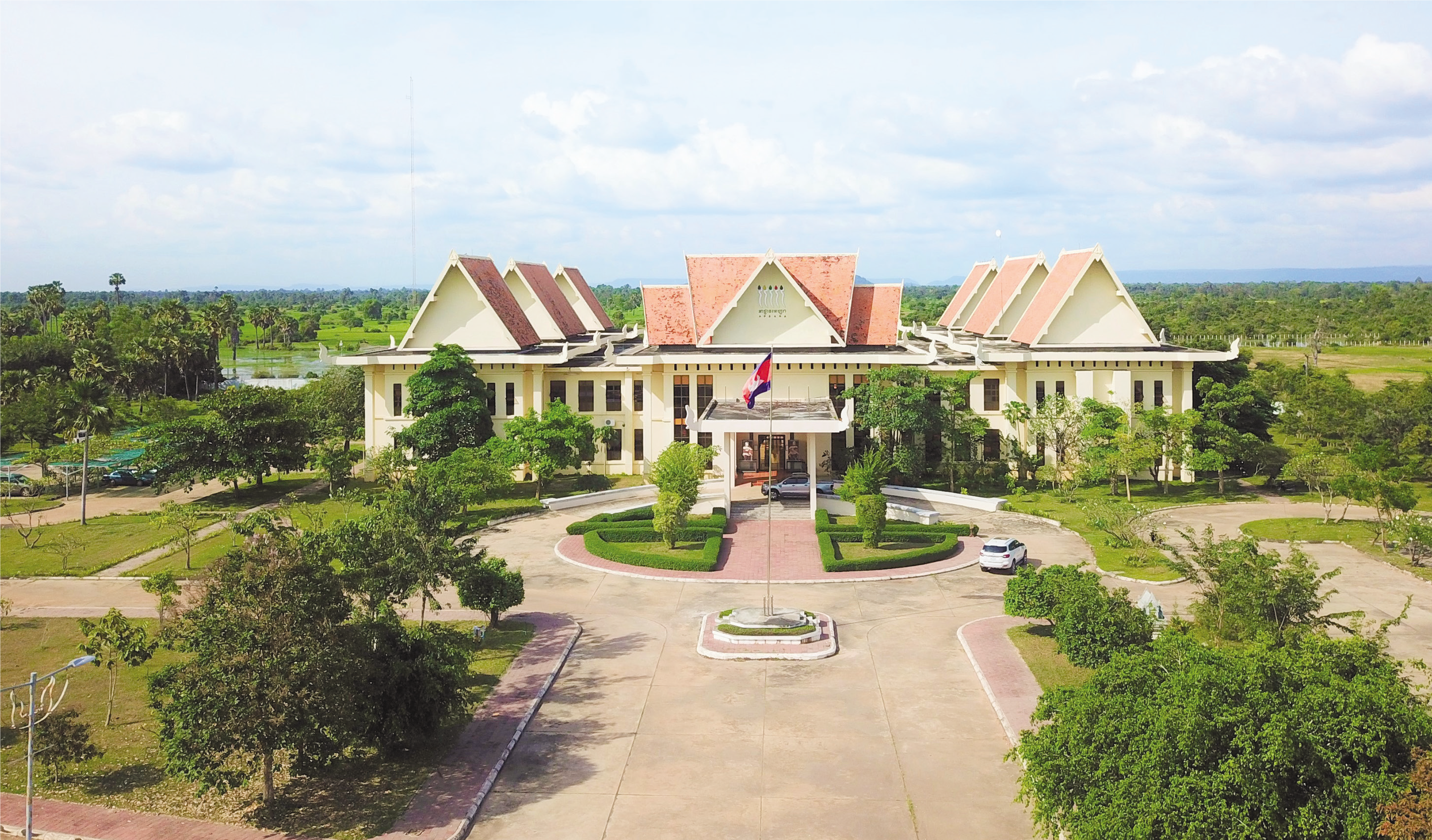អាជ្ញាធរជាតិអប្សរា កំពុងជួសជុល និងពង្រឹងប្រាសាទឥដ្ឋប្រាង្គទី៩ ក្នុងកំពែងទី៣នៃប្រាសាទបាគង -PSARA National Authority is restoring the 9th brick temple located in the third enclosure of Bakong Temple - 14 July 2025
អ្នកជំនាញនៃអាជ្ញាធរជាតិអប្សរា កំពុងជួសជុល និងពង្រឹងប្រាសាទឥដ្ឋ ប្រាង្គទី៩ ក្នុងកំពែងទី៣នៃប្រាសាទបាគង បន្ទាប់ពីពិនិត្យឃើញប្រាង្គប្រាសាទឥដ្ឋនេះ មានភាពខូចខាតធ្ងន់ធ្ងរ រចនាសម្ពន្ធប្រាង្គទាំងមូលទ្រុឌទ្រោមខ្លាំង គ្រឹះស្រុតនិងជញ្ជាំងប្រេះហែក ដែលមានហានិភ័យខ្ពស់ដល់ភ្ញៀវទេសចរ។








